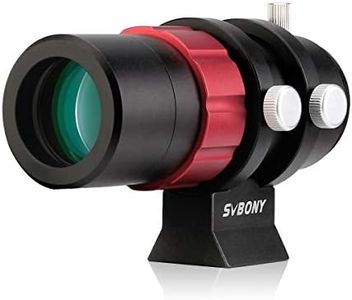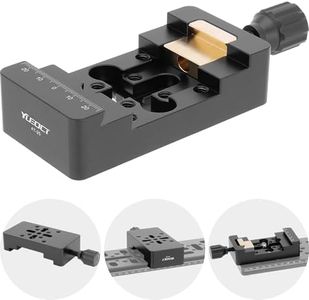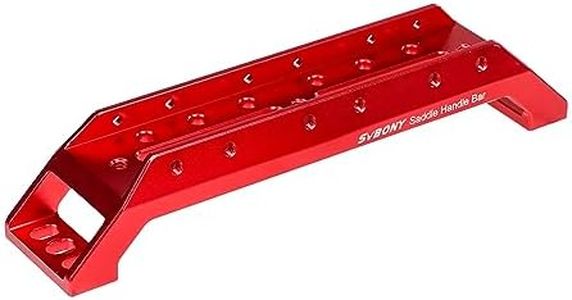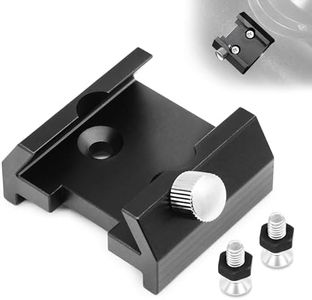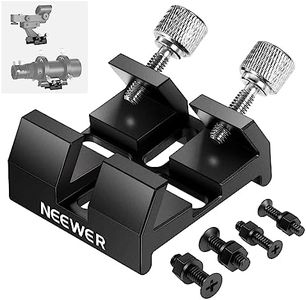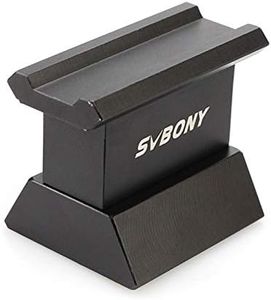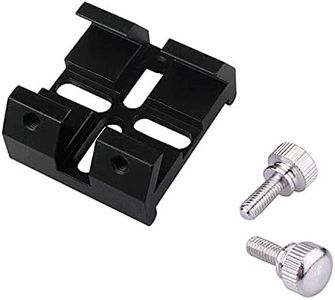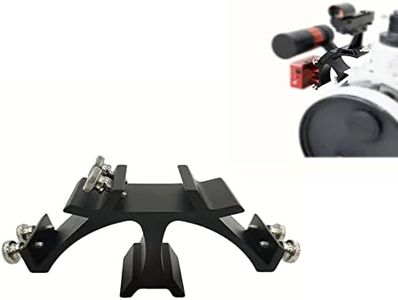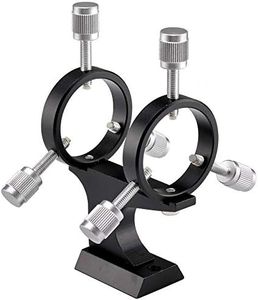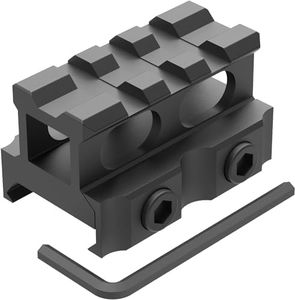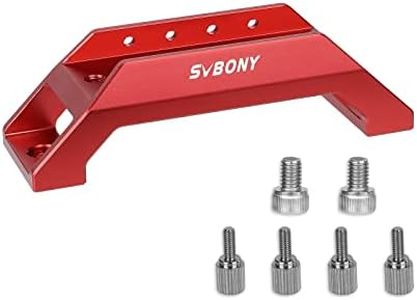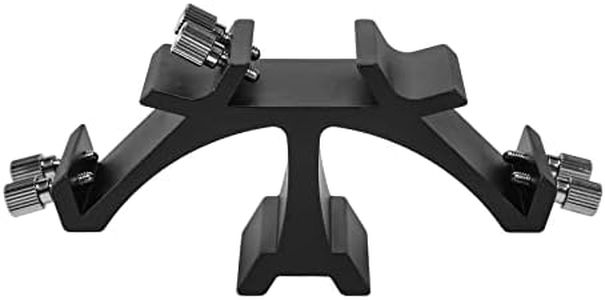We Use CookiesWe use cookies to enhance the security, performance,
functionality and for analytical and promotional activities. By continuing to browse this site you
are agreeing to our privacy policy
10 Best Scope Mounts
From leading brands and best sellers available on the web.Buying Guide for the Best Scope Mounts
Choosing the right scope mount is a crucial part of setting up your rifle for accurate shooting. The mount connects your scope to your firearm, and a poor choice can lead to misalignment, loss of zero, or even damage to your equipment. Understanding the types of mounts, compatibility, and the different specifications will help you ensure the best shooting experience. It's important to balance stability, ease of use, and compatibility with both your scope and firearm. Focus on practicality and what fits your needs, whether you are hunting, target shooting, or doing tactical work.Mount TypeMount type refers to the basic design and method by which the scope connects to the firearm. Common types are ring mounts, one-piece mounts, and quick-detach mounts. Each type has its strengths: ring mounts offer flexibility in positioning, one-piece mounts provide better rigidity and alignment, and quick-detach mounts let you remove and replace the scope rapidly with minimal loss of zero. Your choice should depend on your need for stability, how often you plan to remove your scope, and the type of shooting you are doing.
Mount HeightMount height relates to how high the scope sits above the rifle’s barrel. It often comes as low, medium, and high. Low mounts place the scope closest to the barrel, which can help with accuracy and cheek weld, but may not fit larger scopes. High mounts accommodate larger objective lenses or rifles with high-profile features. To pick the right height, consider the size of your scope’s objective lens and your preferred cheek position on the stock. If you have a large objective lens, or your rifle has features that require more clearance, a higher mount is needed.
Base CompatibilityBase compatibility is about making sure the mount will fit onto your specific firearm. Firearms have different rail systems (like Picatinny, Weaver, or proprietary designs), and the mount must match the base for a secure fit. Picatinny and Weaver rails are most common, but they are not always interchangeable. Before buying, check which rail system your firearm uses and then ensure your chosen mount is designed for that rail. This prevents installation issues and ensures the scope stays properly aligned.
Tube DiameterTube diameter is the size of the main tube on your scope, commonly in millimeters (such as 1 inch, 30mm, or 34mm). Your rings or mount must match the exact tube diameter, or the scope will not fit securely and may even be damaged. When picking a mount, always match it to your scope’s tube diameter. If you’re unsure, check the scope’s specifications; a mismatch will cause endless problems securing and zeroing your optic.
Material and DurabilityMaterial and durability concern what the mount is made from, typically aluminum or steel. Aluminum mounts are light and resist corrosion, which is ideal for most users, while steel mounts are heavier but can offer greater strength and longevity under heavy recoil. If you are using a lightweight rifle or prioritizing ease of carry, aluminum is a good choice. If your firearm has heavy recoil or will be used in tough environments, the extra strength of steel might be worthwhile. Your shooting style and expected conditions should guide you here.

